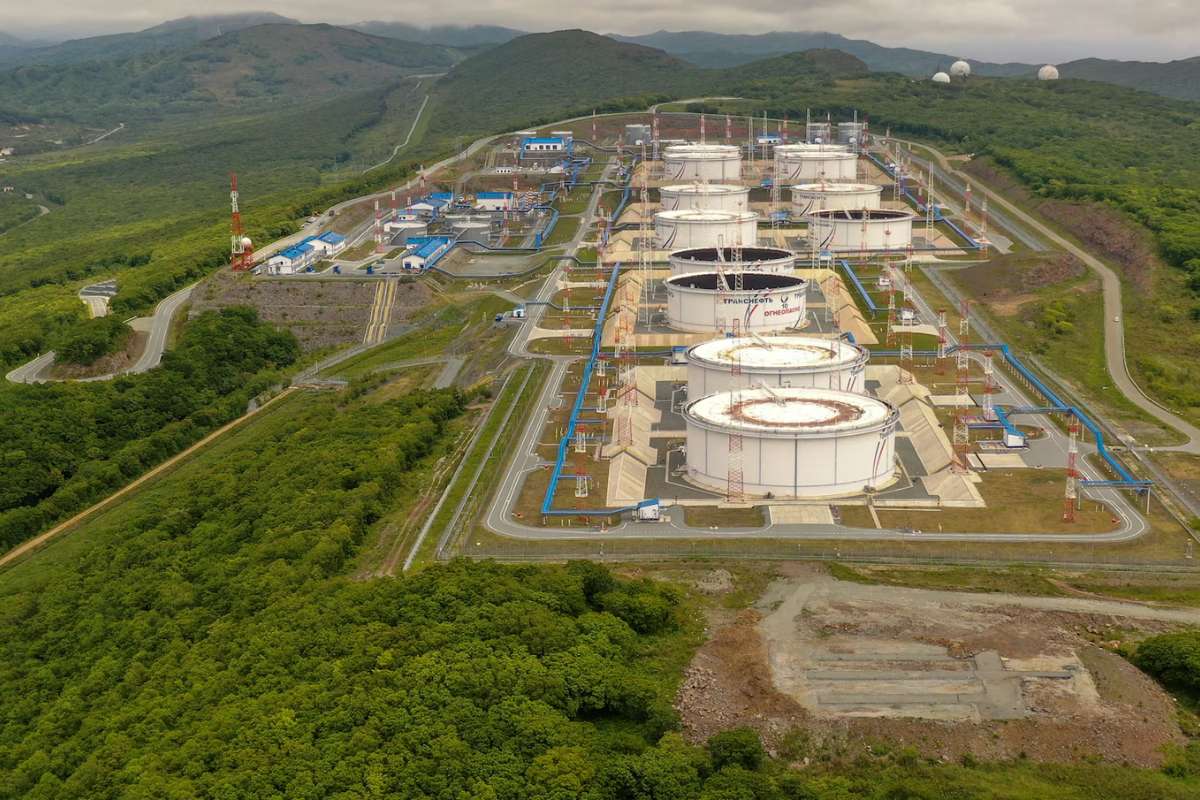The Utah Office of Energy Development (OED), TerraPower, and Flagship Companies have signed a Memorandum of Understanding (MOU) to explore potential sites for a Natrium® advanced nuclear reactor and energy storage plant in Utah. The agreement establishes a cooperative framework for evaluating candidate sites and advancing next-generation nuclear energy infrastructure in the state.
Under the MOU, the three organizations will jointly identify and assess potential locations for the reactor and energy storage system. Preliminary site recommendations are expected by the end of 2025. The evaluation process will consider a range of factors, including site characteristics, environmental suitability, access to existing transmission infrastructure, and the feasibility of licensing with the U.S. Nuclear Regulatory Commission. Community engagement and support will also be an important factor in the site selection process.
Advanced Nuclear Technology and Energy Storage Benefits
The Natrium reactor technology features a 345 MWe sodium-cooled fast reactor paired with a molten salt-based energy storage system. This advanced storage technology allows the system to temporarily boost output to 500 MW during periods of peak demand while maintaining a steady base output, offering flexibility and reliability not commonly found in traditional nuclear plants.
This design also addresses water-use concerns. Natrium reactors consume significantly less water than conventional light water reactors and many small modular reactor designs, making them particularly suitable for arid regions such as the Mountain West. The combination of high output, rapid ramping capability, and low water requirements positions Natrium as a strong candidate for modern energy grids that increasingly incorporate intermittent renewable energy sources.
Chris Levesque, President and CEO of TerraPower, emphasized the potential benefits of deploying Natrium technology in Utah. “Our Natrium reactor and energy storage system is designed to deliver flexible, reliable, and dispatchable power,” he said. “Implementing this technology in Utah will enhance regional grid stability and support the transition to a more resilient and diverse energy portfolio.”
Collaboration with Local Partners
Flagship Companies, a Utah-based land development firm, will provide critical support by supplying land data and assisting in the identification and evaluation of suitable sites. Craig Cannon, Partner at Flagship Companies, stated, “This MOU represents an important model for collaboration between the energy sector and local partners. By combining land development expertise with advanced energy technology, we can help ensure that infrastructure projects are both feasible and sustainable.”
The Natrium reactor has already been deployed commercially, with the first project breaking ground in Wyoming in 2024. Utah’s involvement in exploring a second site signals growing interest in advanced nuclear technologies in the Western U.S. region. The development is expected to provide long-term economic opportunities, including job creation and the expansion of technical expertise in the energy sector.
By exploring advanced nuclear energy and storage solutions, Utah is positioning itself as a leader in innovative energy technologies. The MOU serves as a foundation for detailed feasibility studies and potential commercial development, marking a significant step toward a more flexible, reliable, and sustainable regional energy system.
Visit Oil Gas Energy Magazine for the most recent information.












